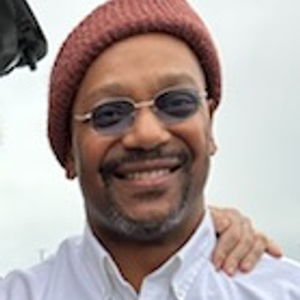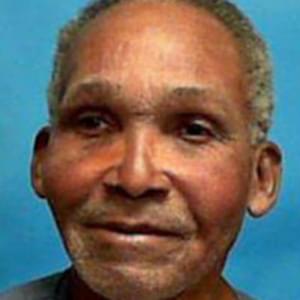A two-part investigative series by the Houston Chronicle casts serious doubt on the guilt of a Texas man who was executed in 1993. Ruben Cantu had persistently proclaimed his innocence and was only 17 when he was charged with capital murder for the shooting death of a San Antonio man during an attempted robbery. Now, the prosecutor and the jury forewoman have expressed doubts about the case. Moreover, both a key eyewitness in the state’s case against Cantu and Cantu’s co-defendant have come forward to say that Texas executed an innocent man.
Juan Moreno, who was wounded during the attempted robbery and was a key eyewitness in the case against Cantu, now says that it was not Cantu who shot him and that he only identified Cantu as the shooter because he felt pressured and was afraid of the authorities. Moreno said that he twice told police that Cantu was not his assailant, but that the authorities continued to pressure him to identify Cantu as the shooter after Cantu was involved in an unrelated wounding of a police officer. “The police were sure it was (Cantu) because he had hurt a police officer. They told me they were certain it was him, and that’s why I testified… . That was bad to blame someone that was not there,” Moreno told the Chronicle.
In addition, David Garza, Cantu’s co-defendant during his 1985 trial, recently signed a sworn affidavit saying that he allowed Cantu to be accused and executed even though he wasn’t with him on the night of the killing. Garza stated, “Part of me died when he died. You’ve got a 17-year-old who went to his grave for something he did not do. Texas murdered an innocent person.”
Sam D. Millsap, Jr., the Bexar County District Attorney who charged Cantu with capital murder, said he never should have sought the death penalty in a case based on testimony from an eyewitness who identified a suspect only after police showed him Cantu’s photo three seperate times.
Miriam Ward, forewoman of the jury that convicted Cantu, said the jury’s decision was the best they could do based on the information presented during the trial. She noted, “With a little extra work, a little extra effort, maybe we’d have gotten the right information. The bottom line is, an innocent person was put to death for it. We all have our finger in that.”
(Houston Chronicle, November 20 & 21, 2005 and Associated Press, November 21, 2005). See Innocence. See also DPIC’s recent report on juries and the death penalty, Blind Justice.
Innocence
Mar 01, 2024

Death-Sentenced Philadelphia Prisoner Daniel Gwynn Exonerated After Nearly 30 Years
Innocence
Feb 05, 2024



